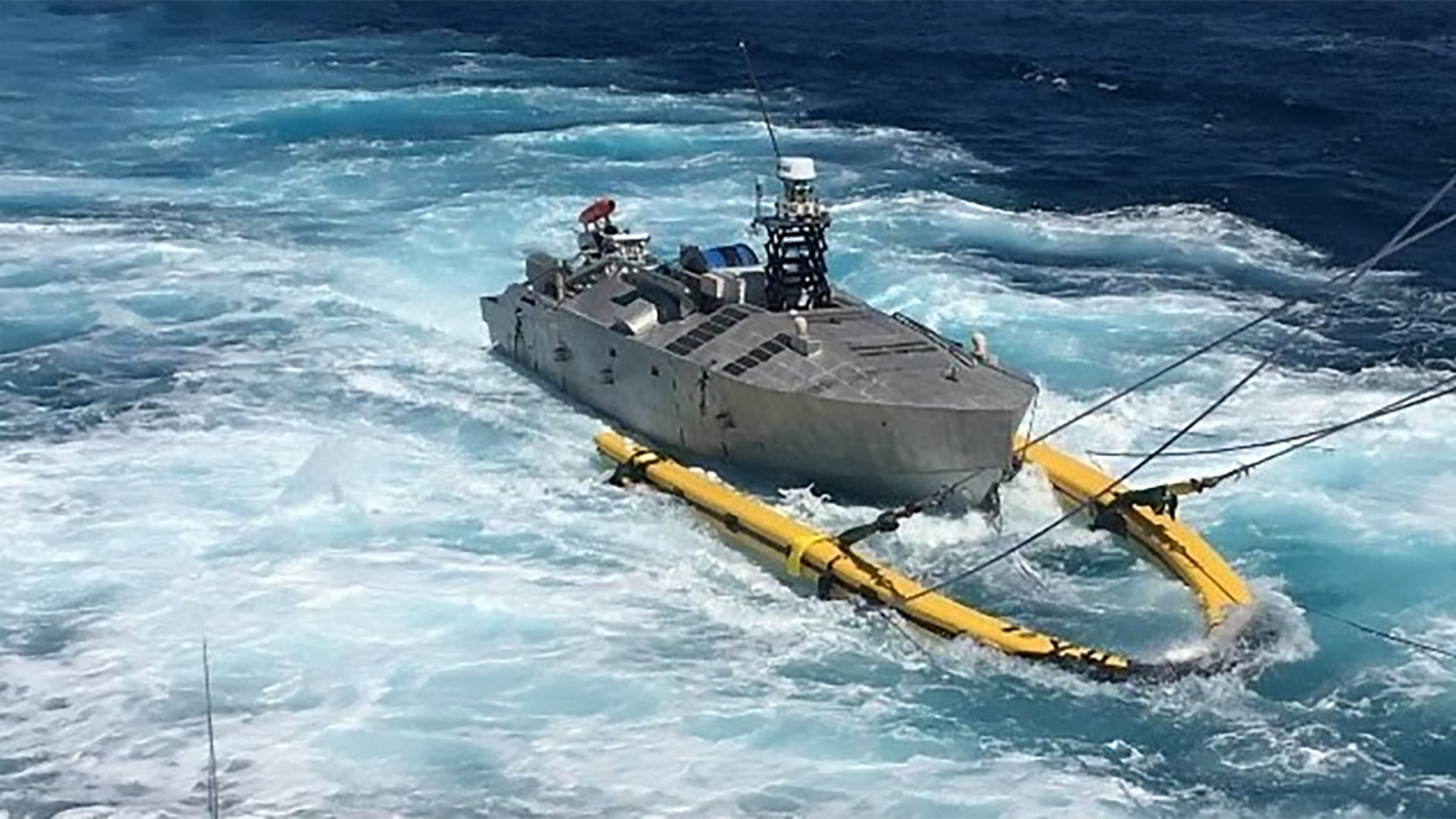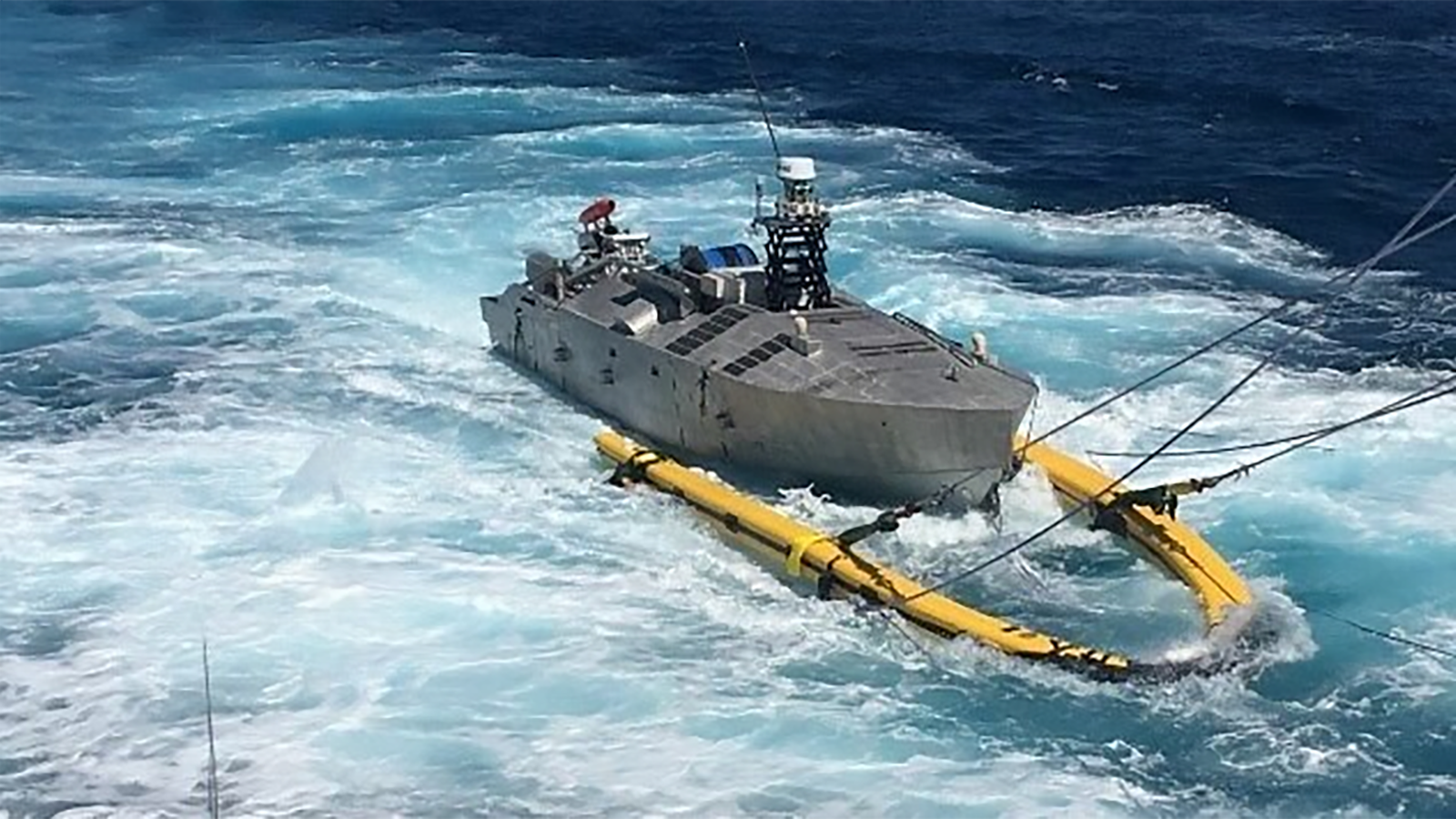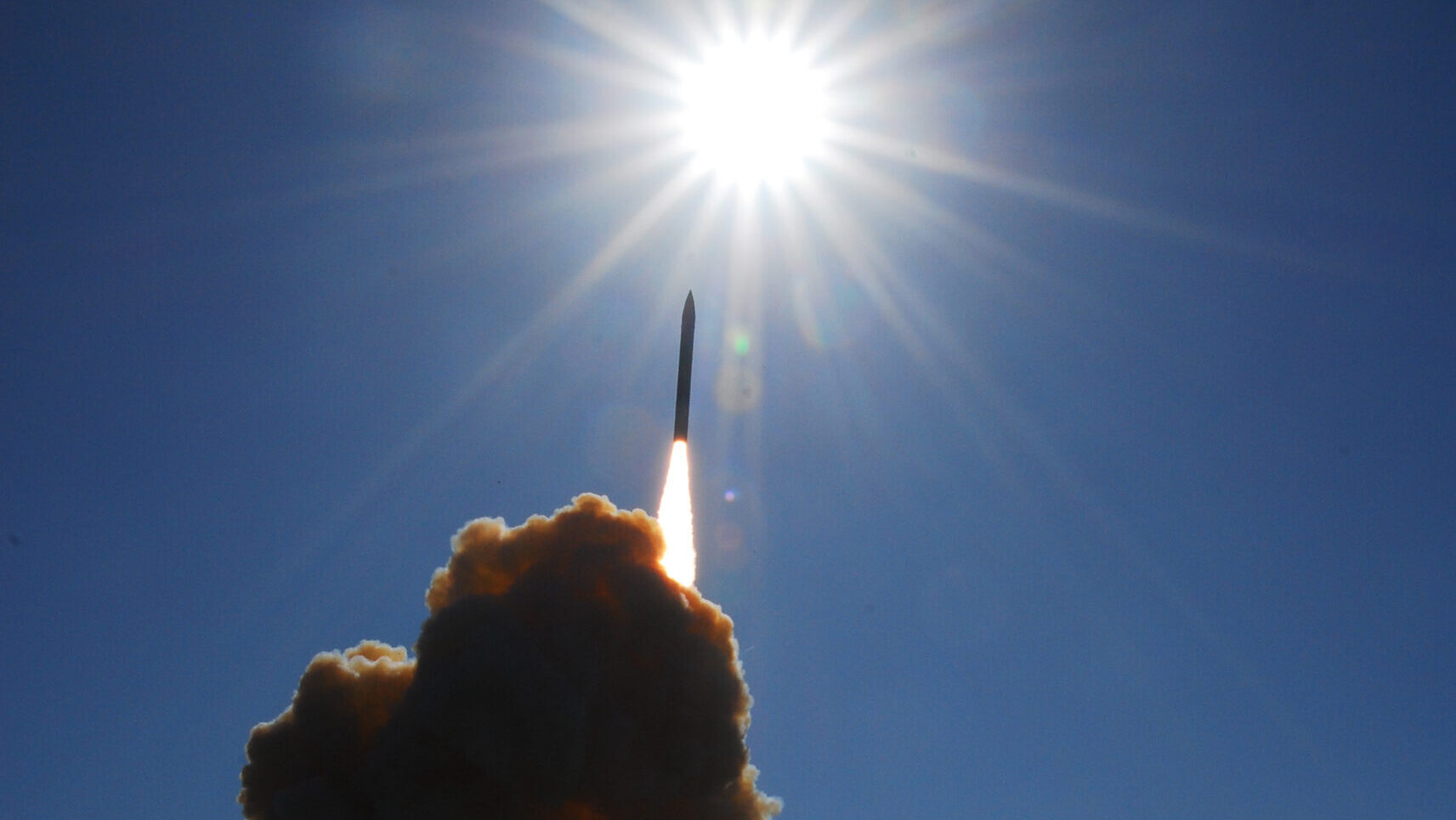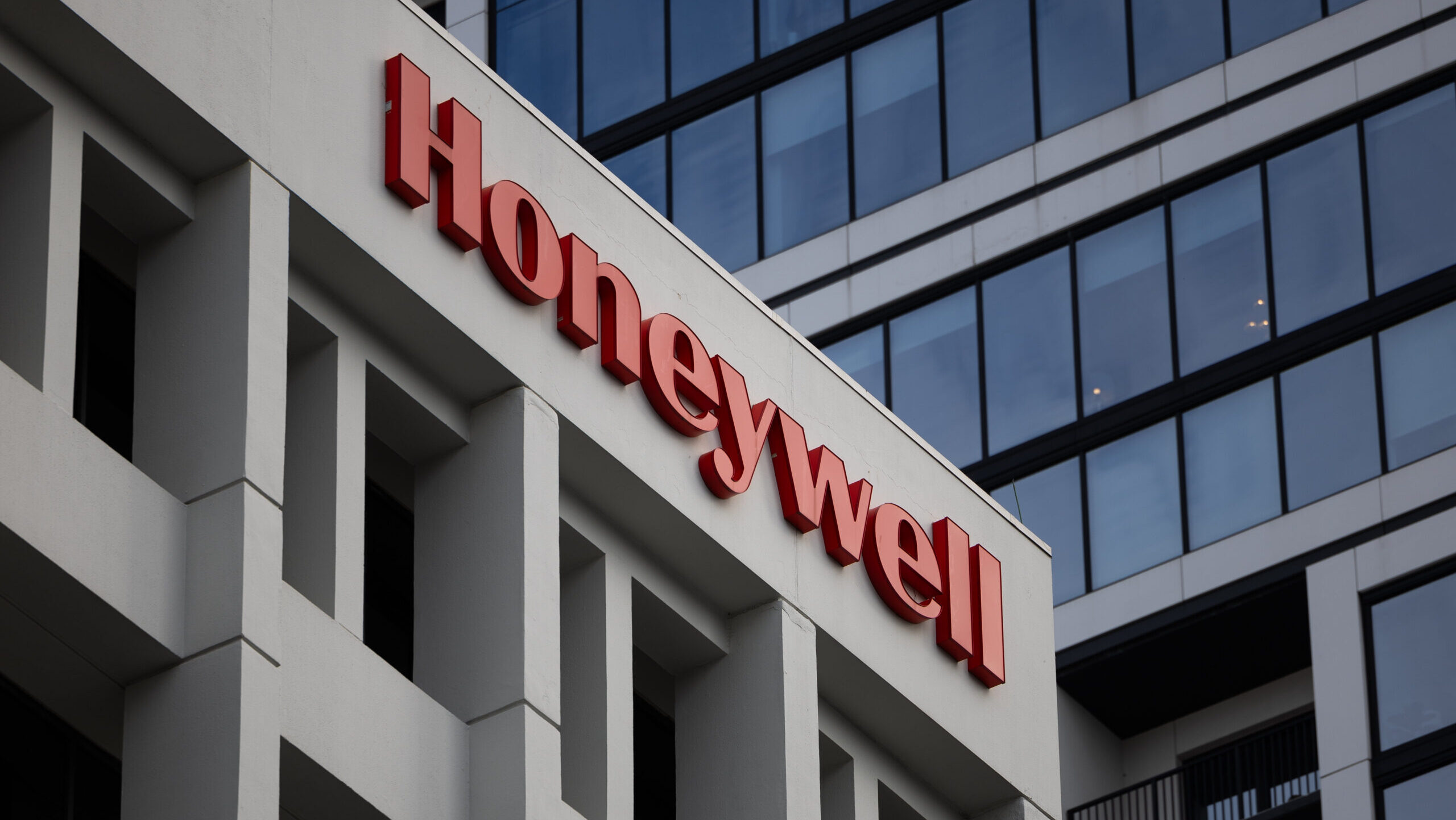
The Mine Countermeasures Unmanned Surface Vehicle is recovered onboard the Manchester (LCS 14) during a testing activity. (Photo courtesy of US Navy)
WASHINGTON — The US Navy says it has recently made a series of contract awards to advance the mine countermeasures mission package (MCM MP) slated to deploy on its Littoral Combat Ships.
“With the first deliveries of the MCM MP underway and deployments closely following, it is critical to ensure we have the contracts in place to procure and deliver the quantity of mission packages to the Fleet required in today’s changing world,” said Capt. Matthew Lehmann, LCS Mission Modules program manager. “These contract awards ensure our Littoral Combat Ships will continue to receive the modernized MCM equipment needed to conduct their missions, allowing our sailors to operate safely and stay outside of the minefield.”
The MCM mission package is comprised of a dozen capabilities that, when working in tandem, are designed to clear the water of buried and bottomed mines. Its development and deployment paves the way for the service’s legacy MH-53E Sea Dragon helicopters and Avenger-class MCM ships to be retired.
The awarded contracts include a $7.7 million advanced material order to Bollinger Shipyards, which focuses on procuring items needed to address findings from the operational testing done on the MCM Unmanned Surface Vehicle.
That USV is one of the mission package’s key capabilities, and is able to be deployed off an LCS or other vessel of opportunity. The drone is designed to be capable of minesweeping, hunting and neutralization.
“The Navy also awarded a production contract for the Minehunt Payload Delivery System (MH PDS) to Raytheon Technologies. This contract is valued at $18.3 million to produce five units with deliveries by the end of FY26,” according to the service’s statement.
“Additionally, the Navy awarded a production contract for the Minesweep Payload Delivery System (MS PDS) to Textron Systems. This contract is valued at $12.1 million to produce four units, for delivery early in FY27,” the statement continued.
The Raytheon-made system is an “acoustic and magnetic” minesweeping capability, while the Textron-made system uses an “AN/AQS-20 sonar to perform mine hunting missions.”
“As we continue to face evolving threats in the littoral environment, these investments not only enhance our operational readiness but also demonstrate our commitment to safeguarding our Sailors and maintaining a competitive edge,” said Rear Adm. Kevin Smith, PEO USC program executive officer. “By modernizing and expanding our MCM mission packages, we are providing our forces with the tools necessary to maintain access to key maritime regions and keep global shipping lanes safe.”










